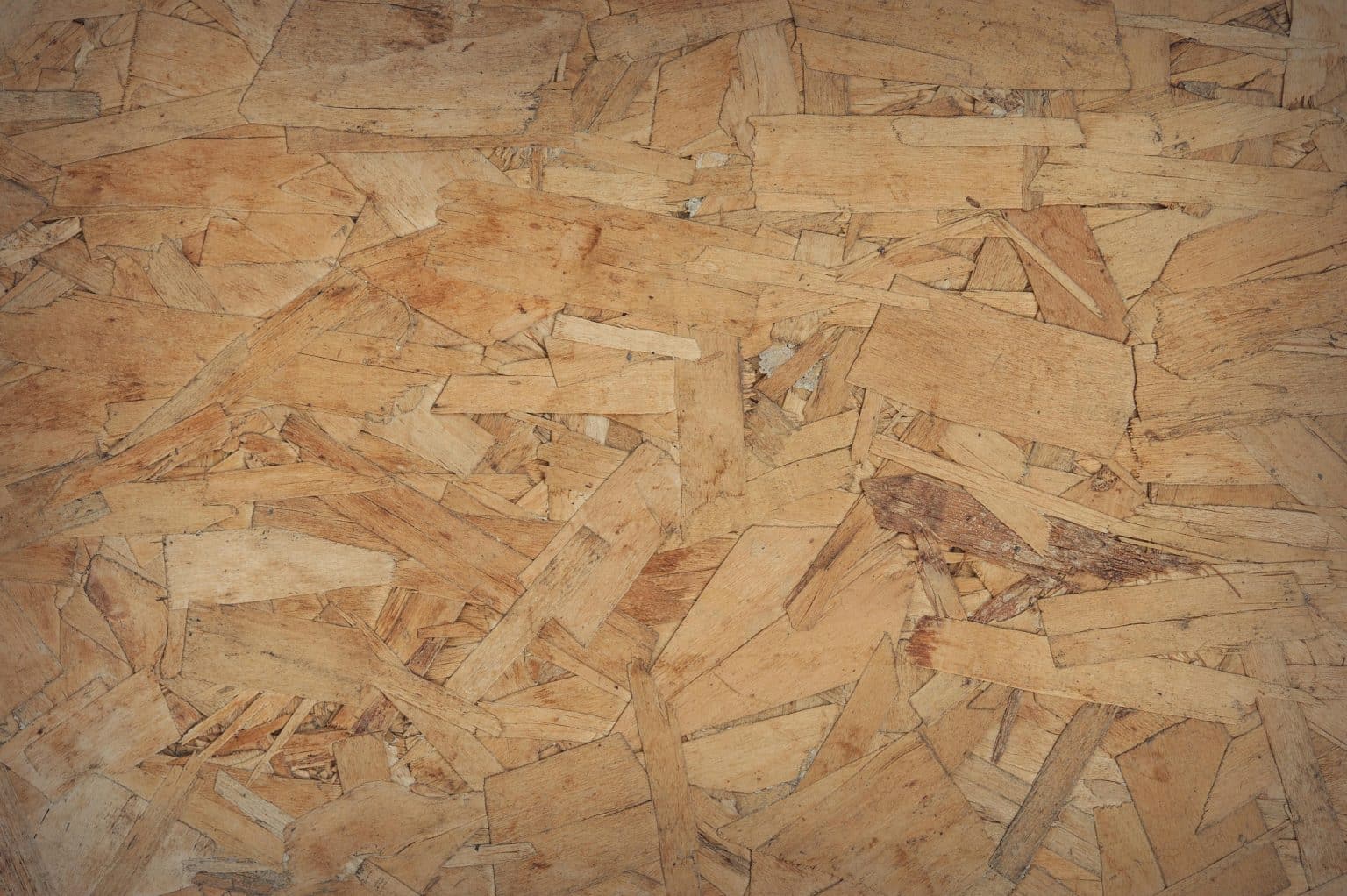Sustainability is an important consideration in modern construction projects. It is important to consider the environmental impact of all areas of construction, particularly when it comes to choosing building materials. Chipboard is a material that is becoming increasingly prevalent due to the fact that it has environmental benefits along with many practical uses. Keep reading to discover the role of chipboard in sustainable building materials.
Introduction to Chipboard & It’s Role in Sustainable Construction
Chipboard is a material commonly used in building construction due to its versatility and affordability. Essentially, it is made from compressed wood particles that are bonded with resin. It is seen as a sustainable building material due to the fact that it repurposes wood waste, which means it can play a significant role in reducing the environmental impact of modern construction projects.
The Environmental Benefits of Using Chipboard
There are a number of environmental benefits of using chipboard for construction projects. As mentioned above, chipboard recycles wood waste, including wood scraps, sawdust, and other by-products that would otherwise go to landfill, which helps to promote a circular economy. The production of chipboard also uses a lot less energy than solid wood, which results in a lower carbon footprint. Additionally, when the wood is sourced from responsibly managed forests, it can further enhance the sustainability of the building project.
The Manufacturing Process & it’s Sustainability
Recent innovations in the production of chipboard have enhanced the material’s sustainability credentials. Many manufacturers now use recycled wood and low-emission adhesives that lower volatile organic compound (VOC) emissions. The combination of recycled wood and eco-friendly adhesives ensures that chipboard is an environmentally-friendly option for construction projects.
Chipboard’s Application in Modern Building Projects
In addition to its sustainable features, chipboard is a highly versatile material that can be used in many different ways in modern building projects. Chipboard is commonly used as flooring, wall panelling, and furniture manufacturing. It has strength and stability for support and the smooth surface means that it can easily be laminated or veneered for a polished look. Chipboard also can meet fire safety regulations, which makes it a safe and sensible choice.
As you can see, it is easy to understand why chipboard is such a popular building material for modern construction projects. It is an easy way to reduce the environmental impact of projects as a sustainable building material, but also one that is affordable, versatile, safe, and practical. This means that it can be used in many ways and is a smart way to reduce the environmental impact of modern construction projects.

